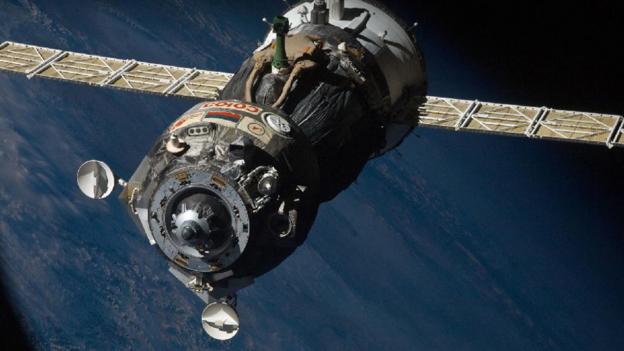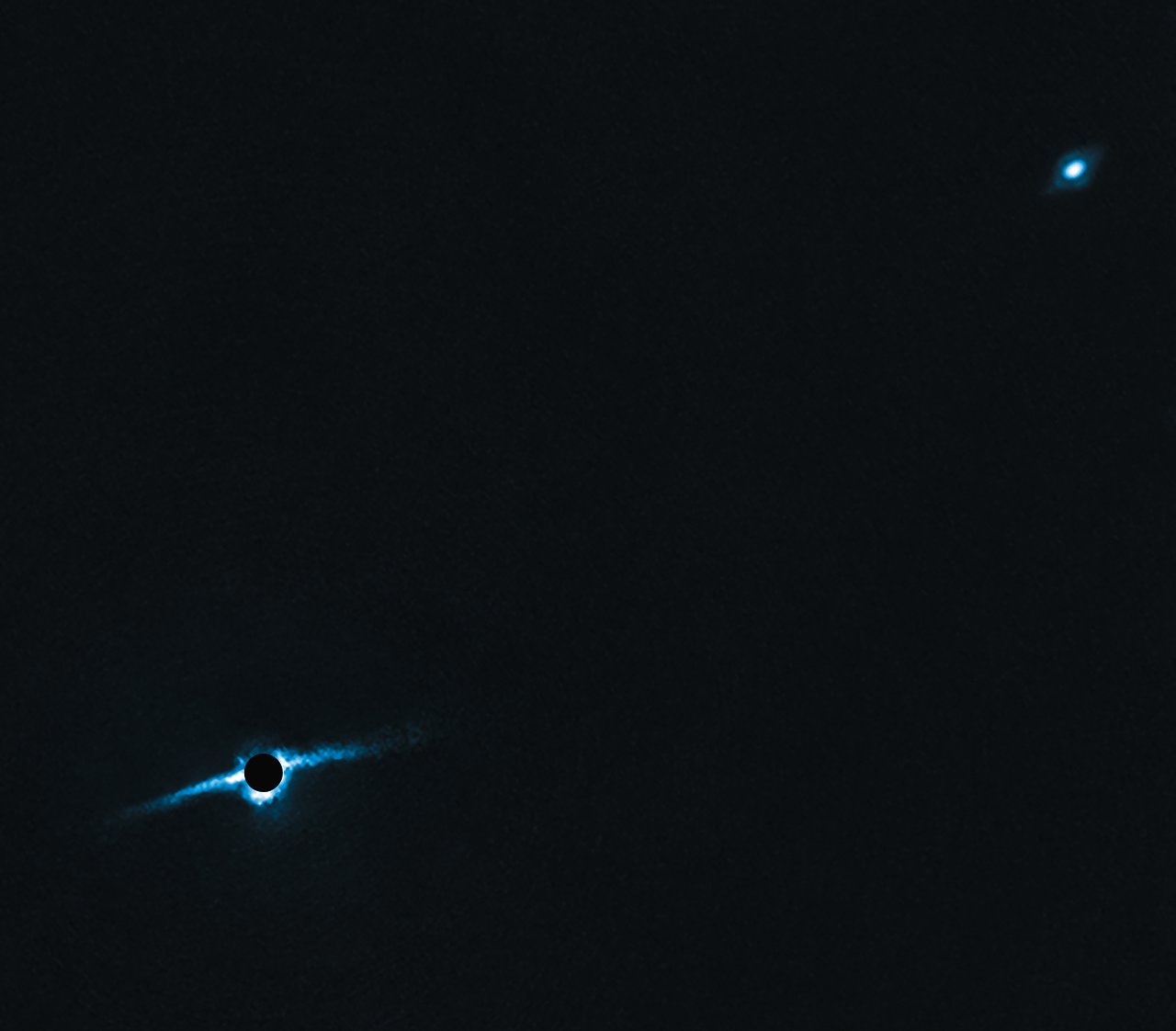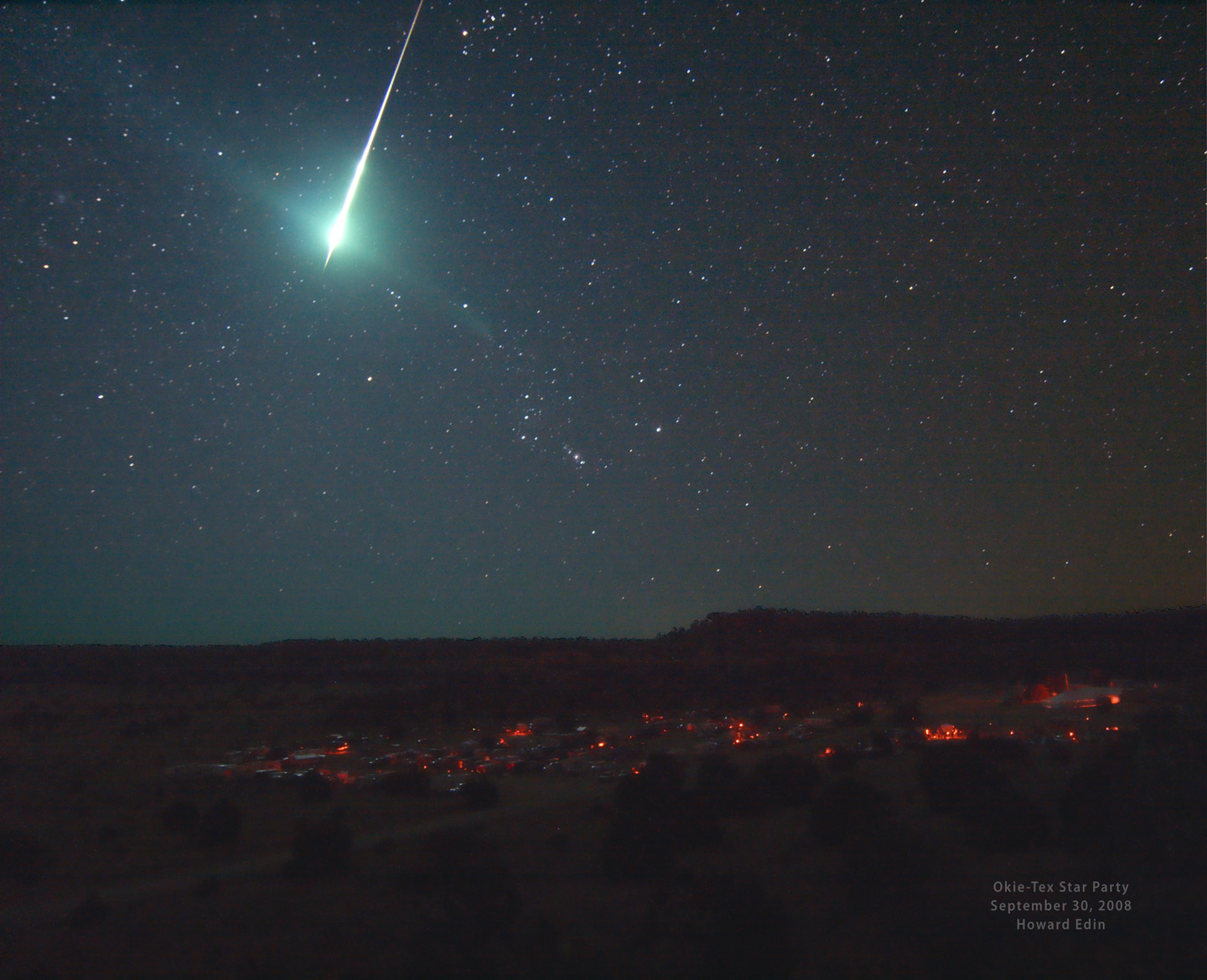If you've enjoyed this please share it on facebook, twitter, or whatever your favourite social media is.
Update: Cleaned images from Enceladus flyby being released:
The Cassini team are starting to release raw and processed images (here) from the crafts daring fly-through of the geysers that link to the sea benath the ice of Saturns moon Enceladus. Data will copntinue transmitting back for several days, and analysis will take many months, likely years, but in the mean time, here are are some highlights:
 |
| Above: Cassini flies away from the geysers |
 |
| Above: Enceladus seen on approach. |
 |
| Above: A nice shot of Titan, the giant moon's bulk making it easy to image even from a distance. |
Masses of data from the Rosetta mission released:
Astronomy and Astrophysics magazine has dedicated a whole issue to a slew of new papers based on ESA's Rosetta mission. A fair few of them are open access, and even the abstracts of the rest make for interesting reading. Some of them are on quite obscure and technical topics, but there's some very interesting stuff there. I've only had time to skim through them today, but here are a few that really caught my eye:
Water ice on the surface of 67-P
Geomorphology of the Imhotep region on comet 67-P
The last was particularly interesting to me as it showed that complex organic molecules were probably present from the very earliest days of the solar system - possibly including the seeds of life's chemistry
 |
| Above: The gigantic chunk of frozen volatiles and organic molecules that is comet 67-P. courtesy of ESA. |
The last lake on Mars...
Mars today can fairly be described as what Antarctica would be like if you took away 99% of the air: A freeze dried landscape where tiny trickles of brine water are the only liquids, the radiation and UV are intense and only a robot could feel at home. but it was not always the case: Once water covered the landscape in lakes, and even a massive northern ocean may have existed. A team lead by Brian Hynek from the University of Boulder, Colarado, have uncovered evidence of one of the last habitable lakes on the surface of Mars: A deposit of chloride salts only 100 km from the Opportunity rover that, combined with other geological evidence, seems to point to some trace of the lake being present 200 million years after the majority of Mars had dried up. While the deposits are probably too far away for the ageing rover to reach it's a good sign: There may be younger and better preserved remains of Martian water in that region, that are easier to explore. Hynek hopes that this latest paper will make the basin a more popular touch down point for the NASA Mars rover scheduled to launch in 2020.
"I think you'd want to target the salt deposits," Hynek told Business Insider. "As the water evaporates away a lot of organic matter and a lot of microbial evidence gets encased in salts and is preserved for long time periods."
 |
| Above: A mnap of Mars, showing the huge northern depression where a vast ocean is thought to have once sat. Courtesy of ESA. |
Crater on Charon may hint at a watery past:
A strange crater on Pluto's moon Charon has a huge concentration of ammonia in it. the crater, named 'Organa crater' (is it any surprise that space scientists would be star wars fans?) may have been formed when the impacting asteroid punched into an ammonia rich pocket beneath the surface. large concentrations of ammonia are a potent antifreeze, so this ammonia pocket may well be an indication of a cryolava - a mix of water and ammonia that could stay liquid at well below freezing.
 |
| Above: Organa crater, showing the huge concentration of ammonia ice that has marked it out as unusual. |
Thumbsats: Taking spacecraft miniaturisation to the next level:
If you've followed this blog then you've probably heard me mention 'Cubesats' more than once. Cubesats are an effort to make space exploration more accessible - they're miniaturised, customisable space craft, just 10cm on a side. Some amazing things have been done with such tiny craft, such as testing new propulsion technologies. But now a company called 'thumbsat' plans to top that, by introducing a type pf literally thumb sized space craft.
 |
| Above: The electronic brain of a thumbsat. Courtesy of Thumbsat. |
Although such small space will be limiting, a bit of inventive design could still allow a lot to be done, especially with clusters of the little craft working together. Prices currently start from $20,000, and the tiny craft will stay in orbit for around 10 weeks. the first will launch in February 2016, on a Rocket labs Electron smallsat launcher. the company will provide more support with the mission planning to. Shaun Whitehead, from the company, told discovery news: "If you choose the thumbsat route all you have to think about is the experiment".
 |
| Above:Infographic of a thubsat. Depending on your screen size it might be actual size. Courtesy of Thumbsat. |



























